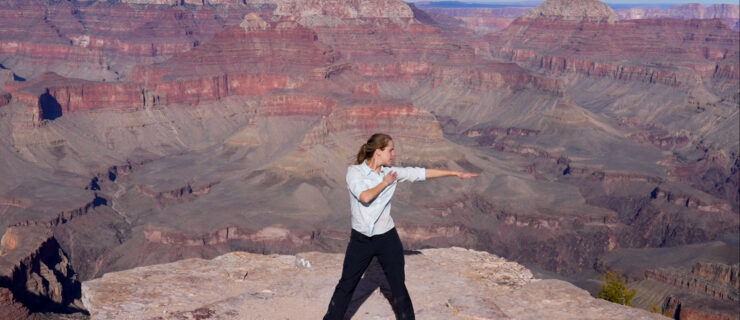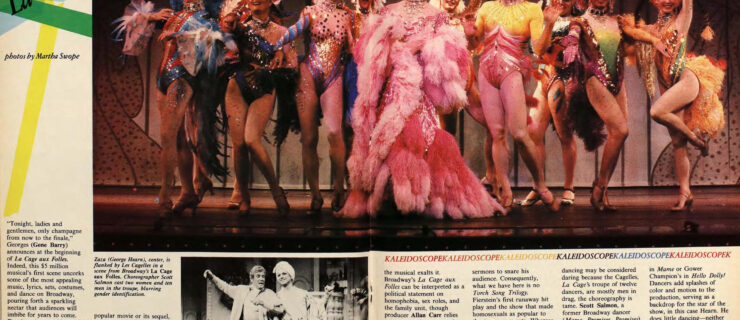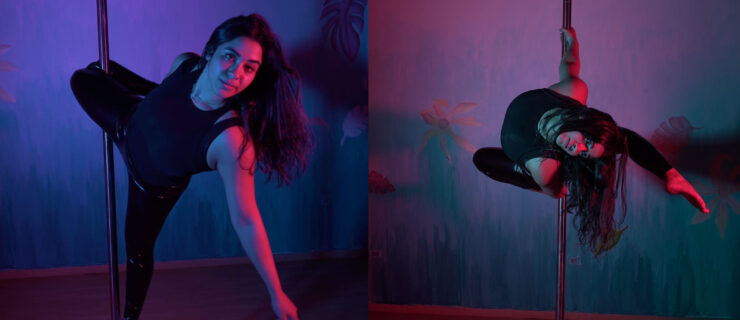Burning Question: Is Nutcracker Racist?
Many productions of Nutcracker feature the traditional Act II dances that have been challenged as negative stereotypes. We asked three directors their opinions.

Ronald Alexander, Program director of the professional training programs at Steps on Broadway and the director of Harlem School of the Arts Prep Program. The whole ballet tradition is inherently racist, so the traditional productions of Nutcracker can also be seen as racist. In many versions of Nutcracker, one sees overt racial stereotypes. In the second-act divertissements, many of the dances or variations are borderline caricatures, if not downright demeaning. For example, the way in which Asians have been portrayed in the Chinese variation—with heads bobbing up and down, index fingers protruding, and happy smirks of joy plastered on the dancers’ faces—is insulting and embarrassing.
But recently, some versions have attempted to portray a more positive image. The San Francisco Ballet’s Nutcracker has a Chinese divertissement that represents a dragon from Chinatown, which is culturally specific but more importantly, not demeaning. It is not a difficult thing to do but requires a revisionist attitude toward these dances. The same kind of change could be made to the Arabian dance: In many productions, the female dancer is a seductress with navel exposed as she is lifted to and fro from one male partner to another. What does this say to young children watching and dancing in The Nutcracker? I am sure the people of Arab countries do not like to see women presented in such a manner.
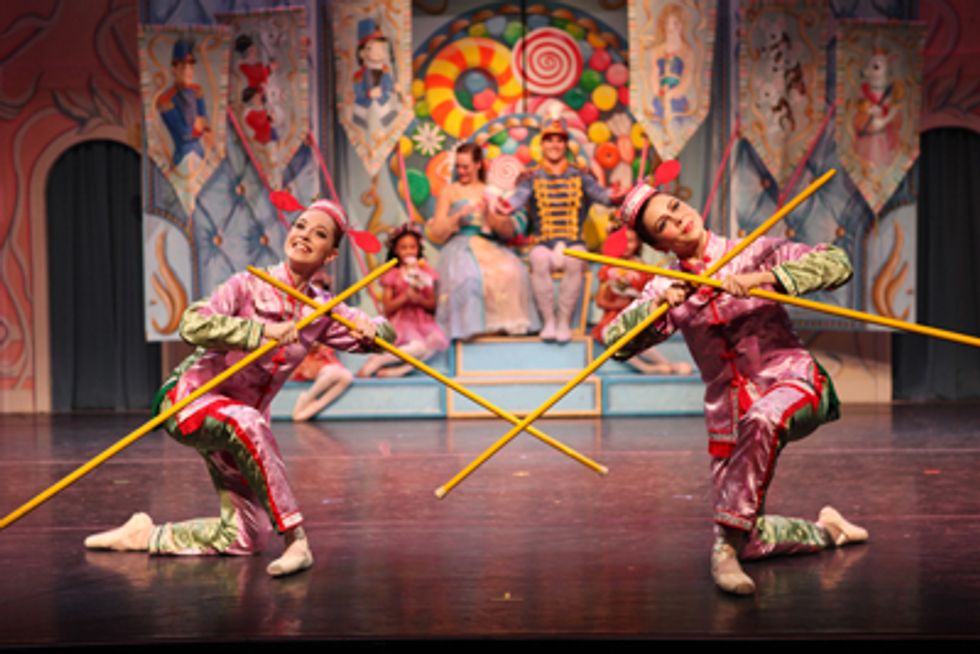
New York Theatre Ballet’s Nutcracker by Keith Michael. Courtesy NYTB
Several years ago, I was asked to choreograph a Chinese dance to be performed by a reputable ballet school in Connecticut. I again ran into the expectation of caricature. But I choreographed a dance that I felt was not as stereotypical as the previous version, downplaying the Chinese stereotypes and emphasizing substantial choreography and the beautiful Tchaikovsky score. It was well received but was eventually replaced with the original version that I thought was demeaning to Asians.
Examples of how nationalities can be portrayed without stereotyping include Donald Byrd’s excellent 1996 Harlem Nutcracker. Set to David Berger’s version of the Duke Ellington-Billy Strayhorn arrangement of Tchaikovsky’s Nutcracker Suite, the divertissements were drawn from the Harlem Renaissance, celebrating positive images of African Americans. Another is Keith Michael’s one-hour Nutcracker set in Art Nouveau style circa 1907, performed by Diana Byer’s New York Theatre Ballet. It features innovative choreography devoid of all caricatures and stereotypes.
I feel that more Nutcrackers venturing beyond demeaning stereotypes would invigorate and sustain this joyous holiday classic.

Donald Byrd
Artistic director, Spectrum Dance Theater, Seattle
I don’t find The Nutcracker racist. I think it’s Eurocentric in terms of its perspective. You’re being told a story—even when it’s set in America—from the perspective of a traditional 19th-century European household. Anybody that was not European is presented as exotic—the notion of the Other. I would say it’s exclusive rather than racist. It excludes the Other and reserves its experiences for a particular group: Anglo-Europeans. This group is mirrored back to itself onstage in The Nutcracker.
The Harlem Nutcracker that I created had its own form of exclusivity: It was directed at the African American family. The question I asked myself at the time was, How can I include the African American family into the Nutcracker experience? I wanted to make a Nutcracker that reinforces some values that are important to the African American family just as the traditional Nutcracker reinforces values important to Anglo-American families.
As for representation of various racial/ethnic groups in the Nutcracker divertissements, like Spanish Hot Chocolate, Arabian Coffee, and Chinese Tea: At worst, they are insensitive, and at best, irrelevant or indifferent, especially when viewed through a 19th-century imperialist lens. How else should the representation be of a world that exemplifies the privilege of an imperializing Europe, other than indifference to the people and places that provided the commodities that supported their comfort?
Taking it a step further: Think of the Mouse King and his marauding horde as foreign, alien elements that sneak in under cover of night to infiltrate, undermine, and disrupt the order of “the house,” i.e. country, kingdom, Europe. They are vanquished by the Nutcracker/Prince and Clara. In this context, the second act is a vision of European supremacy. The rest of the world and its people are there only to “sweeten” the lives of the dominant Europeans.
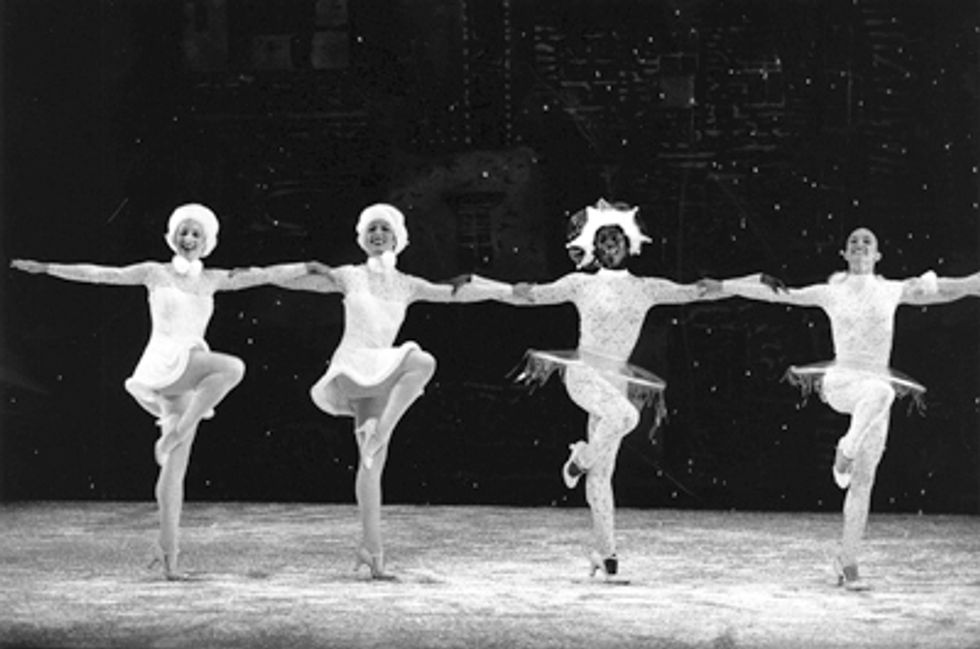
A chorus line of snowflakes in Donald Byrd’s Harlem Nutcracker. Photo by Gabriel Bienczycki, Courtesy Byrd

Stoner Winslett
Founding artistic director, Richmond Ballet
There’s not one single thing about The Nutcracker that’s racist. In terms of casting, we’ve always cast—this is the 30th season—completely color blind. Beautiful dancers are beautiful dancers.
Last year, with our two Claras and three Sugar Plums, we had a tremendously diverse cast. They each got the part because they were the best for the role. I love that the production looks the way our audience and our community look. And we get a lot of racial diversity through the children in our school.
I did our original Nutcracker in 1984, the first full-length performance ever of the professional company. After 19 years the sets and costumes were getting worn so I decided to redo it. I had noticed the children in the audience were so engaged in Act I, but the second act didn’t keep the children’s interest as much. I knew children love animals. I made Act II focus on the animals. For the mirlitons I made a shepherd and shepherdess and six little lambs. In Spanish we have two couples—the guys are toreadors with capes à la Don Q, the women running through, making horns like bulls. In the Russian, we decided to do a dancing bear with two side Russians.
For Chinese I decided I wanted a dragon; it’s something sacred in the Chinese culture. I invited Michael Lowe—he’s Chinese and an Oakland Ballet veteran—to choreograph it. When the dragon came, it had a little shade over its eyes. We had a dragon blessing to take the shade off the eyes. We tried to do all the respectful things.
Portrait photos from top: Greg Rourt, Courtesy Alexander; Sarah Ferguson, Courtesy Richmond Ballet; Courtesy Brooklyn Academy of Music

